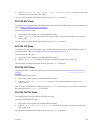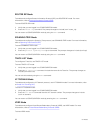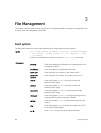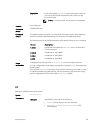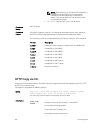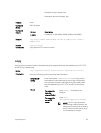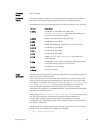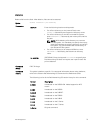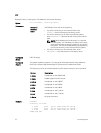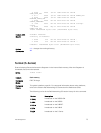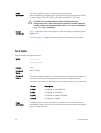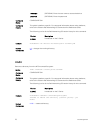Command
Modes
EXEC Privilege
Command
History
This guide is platform-specific. For command information about other platforms,
refer to the relevant Dell Networking OS Command Line Reference Guide.
The following is a list of the Dell Networking OS version history for this command.
Version Description
9.7(0.0) Introduced on the S6000-ON. Added the
nfsmount:<mount-point> parameters that enables you
to mount a remote NFS file system.
9.4(0.0) Added the compressed-config parameter.
9.0.2.0 Introduced on the S6000.
8.4.1.0 Added IPv6 addressing support for FTP, TFTP, and SCP.
8.3.19.0 Introduced on the S4820T.
8.3.11.1 Introduced on the Z9000.
8.3.7.0 Introduced on the S4810.
8.2.1.0 Added usbflash and rpm0usbflash commands on E-
Series ExaScale.
7.6.1.0 Introduced on the S-Series and added the SSH port number
to the SCP prompt sequence on all systems.
7.5.1.0 Introduced on the C-Series.
E-Series Original command.
Usage
Information
Dell Networking OS supports a maximum of 100 files at the root directory level, on
both the internal and external Flash.
When copying a file to a remote location (for example, using Secure Copy [SCP]),
enter only the keywords and Dell Networking OS prompts you for the rest of the
information. For example, when using SCP, you can enter copy running-config
scp: where running-config is the source and the target is specified in the
ensuing prompts. Dell Networking OS prompts you to enter any required
information, as needed for the named destination—remote destination, destination
filename, user ID, password, etc.
When you use the copy running-config startup-config command to copy
the running configuration (the startup configuration file amended by any
configuration changes made since the system was started) to the startup
configuration file, Dell Networking OS creates a backup file on the internal flash of
the startup configuration.
Dell Networking OS supports copying the running-configuration to a TFTP server,
an FTP server, or a remote NFS file system. For example:
• copy running-config tftp:
File Management
69



